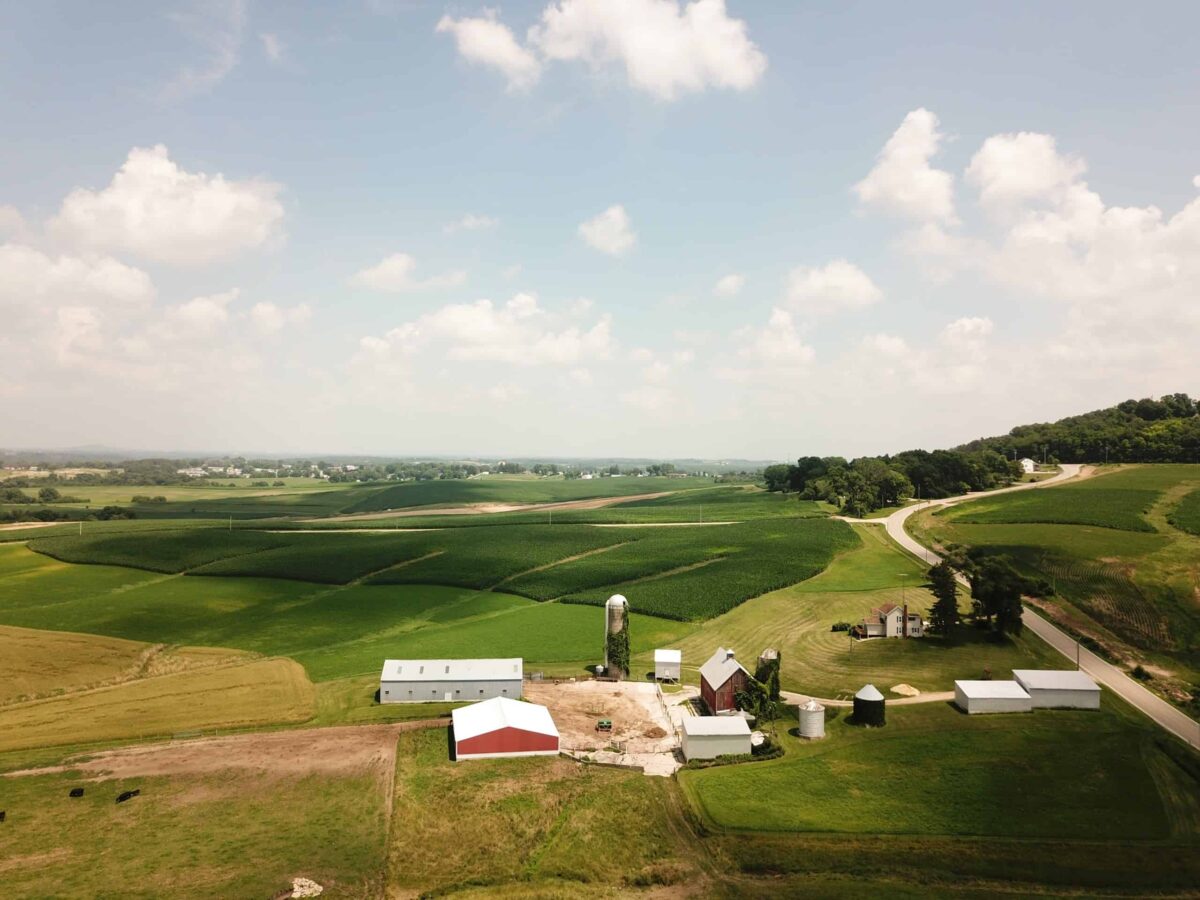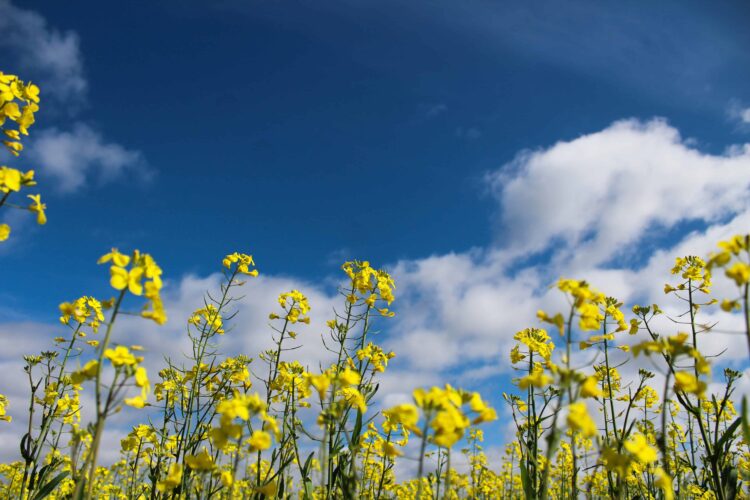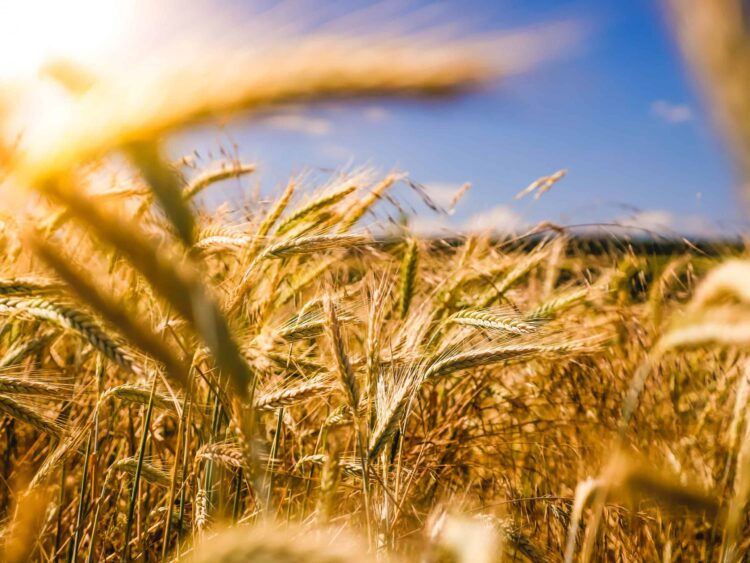Business Transition Planning for Food and Agribusiness Owners

With billions in farming assets set to transition in the next decade, business continuity is more important than ever for food and agribusiness owners. Further, many food and agribusiness owners may be thinking about succession and transition planning for their business as financial and agricultural markets experience turmoil due to COVID-19.
According to the 2016 Census of Agriculture, only one in 12 farmers reported having a written succession plan. The average age of farm operators is 55, while those under 35 accounted for an increasing share of total operators. These trends will continue, highlighting the need for owners to have the tools necessary to transition their business.
Farm Property Rollovers
The Income Tax Act[1] (“Act”) contains a number of provisions designed to help facilitate transition of farm assets to the next generation. Farmers and ranchers can rely on rollover provisions to transfer land or depreciable property in Canada to their children, while they are alive or at death.
The following conditions must apply for transfers to qualify for the rollover [2]:
- the property must be “used principally” in the business of farming in Canada by the taxpayer, the spouse or common-law partner of the taxpayer, or a child or parent of the taxpayer, who was “actively engaged on a regular and continuous basis”;
- the child must be a resident of Canada at the time of transfer or death of the taxpayer;
- the property must be transferred as a result of the death of the taxpayer, and “vest indefeasibly” in the child within 36 months after the death of the taxpayer (only for transfers at death).
The result of the rollover is that the land or depreciable property in Canada can be transferred by the parent to the child at any amount between cost and fair market value. The rules also provide for transfers of shares in a family farm or fishing corporation or an interest in a family farm or fishing partnership to children.[3] CRA has published numerous interpretations of the meaning of phrases like “used principally” and “vested indefeasibly” which must be considered when considering relying on the rollover provisions in the Act.
Asset/Corporate Estate Freeze
For farms, ranches or agribusiness companies (food processors or handlers, auction marts, machinery dealerships, manufacturers, etc.), the estate freeze can be an effective tool to transition to the next generation or new ownership.
The estate freeze involves an asset transfer or share exchange to “freeze” the asset value of existing owners and issue new growth in the business (in the form of common shares) to new owners, which can include family members. A variety of freeze structures can be explored:
- transfer of assets into a corporation in exchange for fixed value preferred shares (“asset freeze”);
- exchange of existing common shares for fixed value preferred shares of a corporation and growth common shares (“internal freeze”); and
- transfer of shares to a holding corporation (“holding company freeze”).
While these structures can differ in form, the objective is to bring the next generation or new ownership into the business by issuing new shares as an incentive to grow the business. If control is an issue, “skinny” voting preferred shares can be issued to the parents or current owners to retain control until it is time to transition it to new ownership.
Lifetime Capital Gains Exemption
The lifetime capital gains exemption (“LCGE”) can also be an effective tool for owners to unlock tax-free proceeds from a sale of their business. Individuals resident in Canada can use the LCGE to offset capital gains on the sale of capital property including qualified farm property (“QFP”) or qualified small business corporation (“QSBC”) shares.[4]
In 2020, the LCGE for QSBC shares is $883,384 and $1,000,000 for QFP (which includes farm land, buildings and shares in the capital stock of a family farm or fishing corporation[5]). The exemption is shared between QFP and QSBC shares, subject to the additional top for QFP.[6] It is important to note that the exemption is available only to individuals resident in Canada and not to corporations.
Farmers and ranchers can access the LCGE through a disposition of QFP which could include selling QFP to their children, an unrelated third party or on death on their terminal tax return. Food and agribusiness owners can also access the LCGE through the disposition of QSBC shares in a similar fashion. Caution should always be exercised when structuring transactions to ensure all provisions of the Act are considered, including those involving related party transactions.
Conclusion
For farmers, ranchers, and food and agribusiness owners looking to transition their business, there are many strategies that can be utilized. While the provisions noted above are complex, they are designed to facilitate a smooth transition to new ownership and the next generation. Owners are encouraged to plan early to use these strategies and achieve their succession planning objectives.
[1] RSC, 1985, c 1 (5th Supp).
[2] For transfers of land or depreciable property at death see sections 70(9) and (9.01) of the Act. For inter vivos transfers of same, see sections 73(3) and (3.1).
[3] See sections 70(9.2) and (9.21) and 73(4) and (4.1) of the Act.
[4] See sections 110.6(2), (2.1) and (2.2) of the Act.
[5] Interests in family farm partnerships and milk and egg quotas also qualify. See section 110.6(1) of the Act.
[6] See sections 110.6(2), (2.1), and (2.2). Section 110.6(4) limits the deduction to the maximum dollar limit of $883,384 for 2020 and $1 million for farming/fishing property.
Note: This article is of a general nature only and is not exhaustive of all possible legal rights or remedies. In addition, laws may change over time and should be interpreted only in the context of particular circumstances such that these materials are not intended to be relied upon or taken as legal advice or opinion. Readers should consult a legal professional for specific advice in any particular situation.


